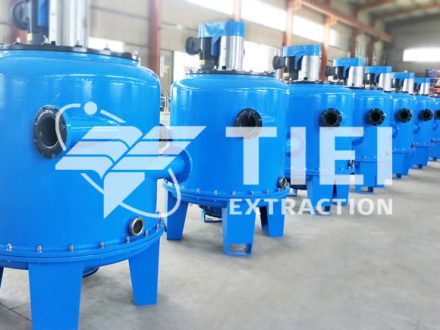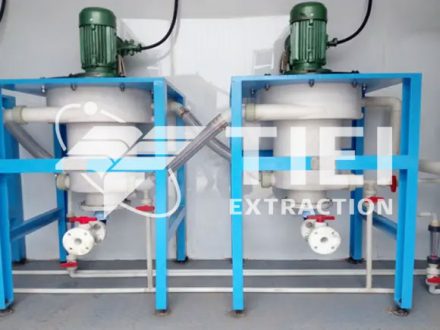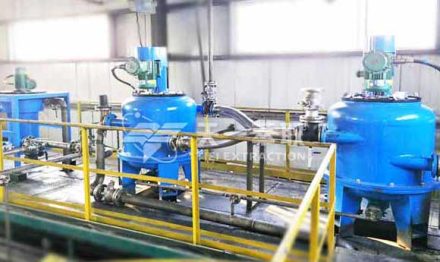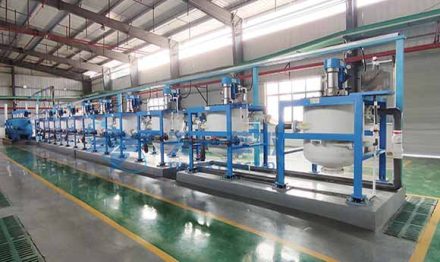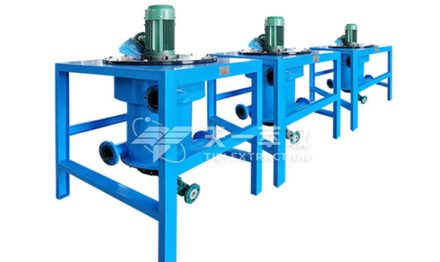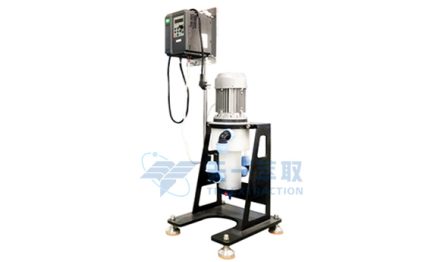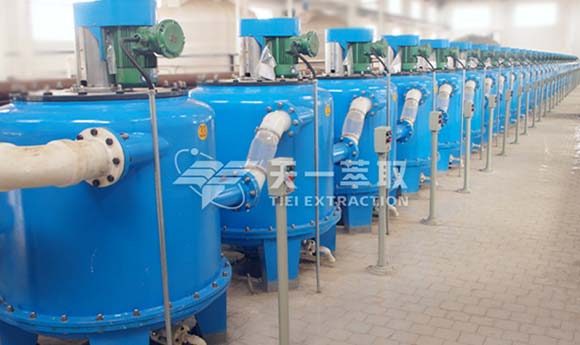
As one of the world’s three major organic acids, lactic acid is widely used in food, cosmetics, leather, pharmaceuticals, chemicals, and agriculture. With the increasing scarcity of fossil resources such as petroleum, lactic acid, as a renewable biomass resource, has attracted growing attention. Moreover, lactic acid is the raw material for synthesizing polylactic acid (PLA). Compared with plastics derived from petrochemicals, PLA materials are renewable, biodegradable, and regarded as a promising environmentally friendly polymer. Not only do they exhibit properties comparable to traditional plastics and rubbers, but they also possess excellent mechanical strength, toughness, and processability. Therefore, PLA materials are expected to replace conventional petroleum-based thermoplastic materials and are considered the most promising biodegradable polymer materials.
Methods for lactic acid production include microbial fermentation, chemical synthesis, and enzymatic processes. In industrial practice, fermentation is the primary method. However, the resulting fermentation broth usually contains impurities such as microbial cells, proteins, pigments, residual sugars, and inorganic salts.
The traditional lactic acid extraction process is the calcium lactate crystallization–acidolysis method. The process flow is as follows: the fermentation broth containing calcium lactate is filtered with a plate-and-frame filter to remove impurities; sulfuric acid is used for acidolysis, generating calcium sulfate; the calcium sulfate impurities are removed by plate-and-frame filtration; activated carbon is applied for decolorization, followed by filtration to remove the carbon; ion exchange is used to remove inorganic salts; finally, evaporation and concentration yield the lactic acid product.
This process is relatively mature and easy to control. However, the route is lengthy, the operations are labor-intensive, and large amounts of by-products such as calcium lactate are generated, leading to serious pollution. In addition, the process is energy-intensive, has a relatively low degree of continuity, and the lactic acid recovery rate is typically only 40–50%, with the purity of the obtained product also remaining relatively low.
In order to address the problems in lactic acid separation and extraction—such as significant product loss, low yield, low purity, serious pollution, high energy consumption, complex processes, and the inability to achieve continuous production—Zhengzhou Tiei Extraction has adopted a novel ionic solvent system. Through coupled adsorption–extraction, lactic acid is effectively separated from water and other impurities in the crude lactic acid solution, followed by utilizing the thermo-sensitive effect of the solvent to separate lactic acid from the solvent. The main technical features of this process are as follows:
1.High efficiency: After coupled adsorption separation, the residual lactic acid concentration in the feed solution is very low.
2.High selectivity: Only lactic acid and substances with similar polarity are adsorbed, while other substances are not.
3.Low production cost: Since coupled adsorption separation is carried out under atmospheric pressure, no additional raw materials are consumed.
4.High separation quality: Product quality indicators meet or even exceed the level of international counterparts.
5.Simplified process flow.
Compared with traditional lactic acid extraction processes, the solvent extraction method developed by Tiei Extraction offers the following advantages:
1.Higher yield: The coupled system operates with high efficiency, resulting in increased product recovery.
2.Improved quality: The product is of premium grade with excellent thermal stability, and all quality indicators meet or even exceed national standards.
Zhengzhou Tiei Extraction applies this process using the new CWL-M series centrifugal extraction equipment, which fully meets the requirements of large-scale and automated production in the lactic acid extraction and separation industry, and demonstrates broad market prospects.
Email: sales@tieiextraction.com
Whatsapp: +86 19069612820

